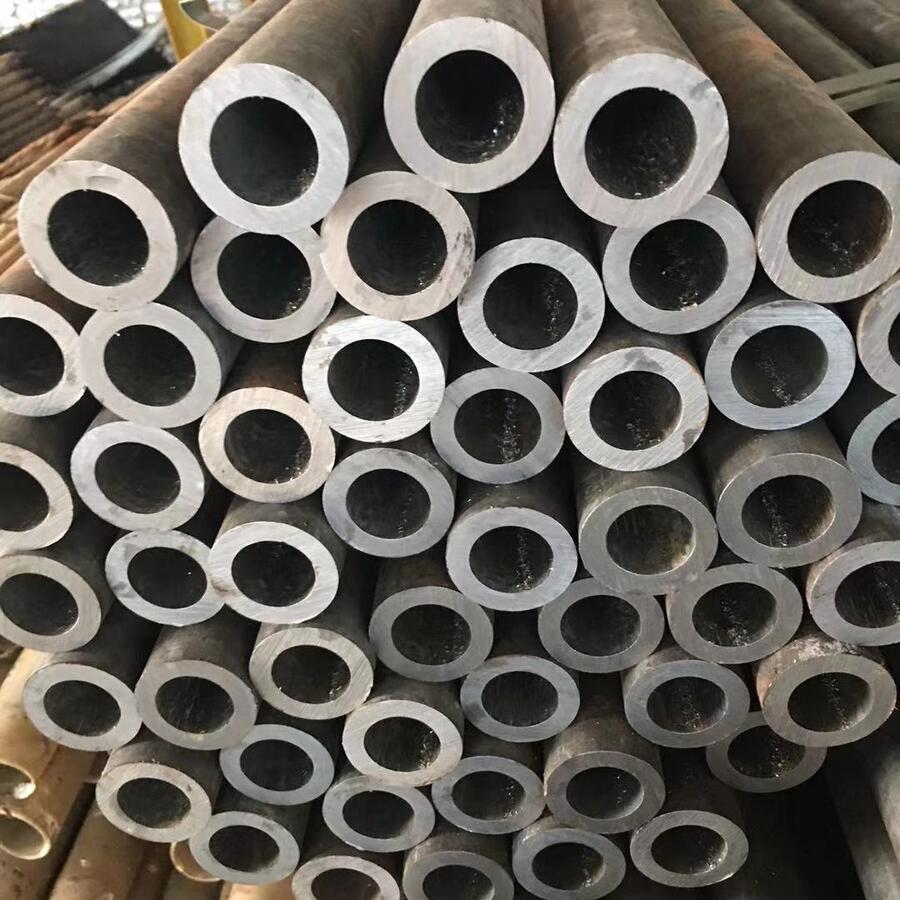Le fil machine de laminoir le processus est un élément essentiel de la fabrication d’acier moderne, transformer des billettes en tiges enroulées de haute qualité utilisées dans la construction, automobile, et industries de machines. Cet article approfondit les nuances techniques de laminoirs à fil machine, intégrant l’expertise des solutions industrielles de HANI TECH.
1. Fondamentaux du laminage de fil machine
La production de fil machine implique le laminage à chaud de billettes d'acier à travers une série de cages calibrées avec précision pour atteindre des diamètres généralement compris entre 5,5 mm et 42 mm.. Le fil machine de laminoir le système se compose de:
- Fours de réchauffage (type poussoir/balancier)
- Supports de laminoirs d'ébauche/intermédiaire/finition
- Boîtes de refroidissement par eau
- Tête de pose et bobineuses
Selon Division laminoirs de HANI TECH, moderne moulins à tige atteindre des vitesses allant jusqu'à 120 m/s avec des tolérances de ±0,1 mm, tirer parti de l’automatisation avancée pour une qualité constante.
2. Spécifications de l'équipement clé
Le tableau suivant détaille les paramètres techniques d'un fil machine de laminoir ligne de production:
| Paramètre | Spécification | Unité |
|---|---|---|
| Capacité annuelle | 300,000-1,000,000 | tonnes/an |
| Dimensions de la billette | 120×120 – 160×160 | mm |
| Plage de diamètre final | 5.5-42 | mm |
| Vitesse de roulement | 60-120 | MS |
| Configuration du support de broyeur | 8-28 se tient | – |
| Puissance du moteur (par stand) | 500-1500 | kW |
| Précision du contrôle de la température | ±10 | °C |
| Poids de bobine | 1.5-2.5 | tonnes |
| Tolérance dimensionnelle | ±0,1-0,3 | mm |
| Qualité des surfaces | sur 2.5 grade | – |
| Type d'usine | Morgan/Pas de jumeau/Omettre | – |
| Niveau d'automatisation | Niveau Siemens/TMEIC 2 | – |
3. Technologies avancées dans la production de fil machine
Moderne laminoirs à fil machine intégrer plusieurs innovations:
3.1 Laminage thermomécanique
Contrôle précis de la température pendant le laminage, tel que mis en œuvre dans Les systèmes métallurgiques de HANI, améliore les propriétés mécaniques sans traitement thermique supplémentaire.
3.2 Systèmes de pose à grande vitesse
Les têtes de pose brevetées permettent une formation parfaite des bobines à des vitesses supérieures à 100 m/s., critique pour fil machine de laminoir productivité.
3.3 Refroidissement de la boîte à eau
Systèmes avancés de refroidissement par eau avec:
- Contrôle de débit variable (Précision de ±2 %)
- Régulation de température multizone
- Technologie anti-calcaire
4. Considérations matérielles
Nuances d'acier courantes traitées dans moulins à tige inclure:
| Qualité du matériau | Teneur en carbone | Applications principales |
|---|---|---|
| SWRH32-37 | 0.32-0.37% | Fils en béton précontraint |
| SWRH42A-82A | 0.42-0.82% | Talons de pneu, ressorts |
| SAE1006-1018 | 0.06-0.18% | Électrodes de soudage, engrener |
| B500B | 0.22% maximum | Barres de renfort |
5. Entretien et pièces de rechange
Composants d'usure critique dans fil machine de laminoir la production comprend:
- Anneaux de roulement (Matériel H13/D2/ICDP)
- Boîtes de guidage et guides d'entrée/sortie
- Arbres de transmission et accouplements à engrenages
- Vérins hydrauliques
HANI TECH propose rouleaux de laminoir spécialisés avec une durée de vie supérieure à 8,000 tonnes par rainure dans des conditions normales.
6. Tendances futures
Le laminoir à fil machine l'industrie évolue vers:
- Maintenance prédictive basée sur l'IA
- Fours de réchauffage à base d'hydrogène
- Systèmes de mesure de propriété en ligne
- Automatisation accrue (Industrie 4.0)
Pour les opérateurs cherchant à moderniser les systèmes existants fil machine de laminoir lignes, HANI TECH fournit des solutions de refonte qui peut augmenter la productivité en 30-50% tout en réduisant la consommation d'énergie.
Comprendre ces aspects techniques de laminoirs à fil machine aide les fabricants à optimiser la qualité et l’efficacité de la production. Les tableaux de paramètres détaillés fournis servent de références précieuses pour les spécifications techniques et la sélection des équipements..




